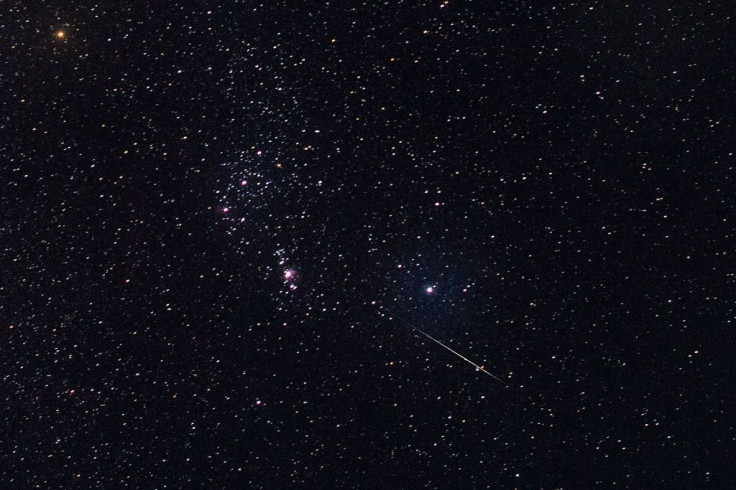Quadrantid Meteor Shower 2019 Most Visible Tonight, Days Before Rare Super Blood Moon

Get your telescopes and binoculars primed and ready. If you’re looking for the earliest astronomical event, then you’re in luck.
The 2019 Quadrantid meteor shower will appear to be on its most visible this Thursday night, according to the International Meteor Organization.
Streaking the nights since Dec. 22 and up to Jan. 17, the Quadrantids will apparently peak at around 2 a.m. GMT with up to 100 meteors per hour for only six hours.
To catch the meteor shower, find the constellations Big Dipper and Boötes. The radiant point of the Quadrantids can be found in an approximate right angle with the handle-end of the Big Dipper and Boötes’ star Arcturus.
If you’re in Europe, you won’t have much difficulty looking for the Quadrantids during the peak time.
But if you’re in North America, don’t get your hopes up too high for a full 100 meteor-per-hour shower; it may not be too visible since it peaks at early evening there.
The American Meteor Society, however, said that the moonlight on that night won’t have any dawn glares, which will make the Quadrantids more visible.
The Quadrantids will be the first celestial event of 2019. It is named after a former constellation called “Quadrans Muralis”.
It’s also known to be more elusive than the Geminids or Orionids. If you miss this, don't worry because there’s the rare Super Blood Moon just a few days later.
On Jan. 20, a rare combination of a super moon and a total lunar eclipse will occur at the same time. This means that the moon will both appear brighter and larger than its typical size because it’s at its closest point to the Earth, and it will have a reddish hue as well.
It’ll be easy to view lunar eclipses, too, since they don’t require any viewing glasses of sort unlike solar eclipses.
Also known as a “blood moon,” you’ll see the whole event starting at 11:41 p.m. EST on Jan. 20 up to 12:53 a.m. on Jan. 21. There will be a partial eclipse visible at 9:30 p.m. and the eclipse will end by 2:48 a.m.
For this century, a Super Blood Moon will only occur 28 times.
© Copyright IBTimes 2024. All rights reserved.





















